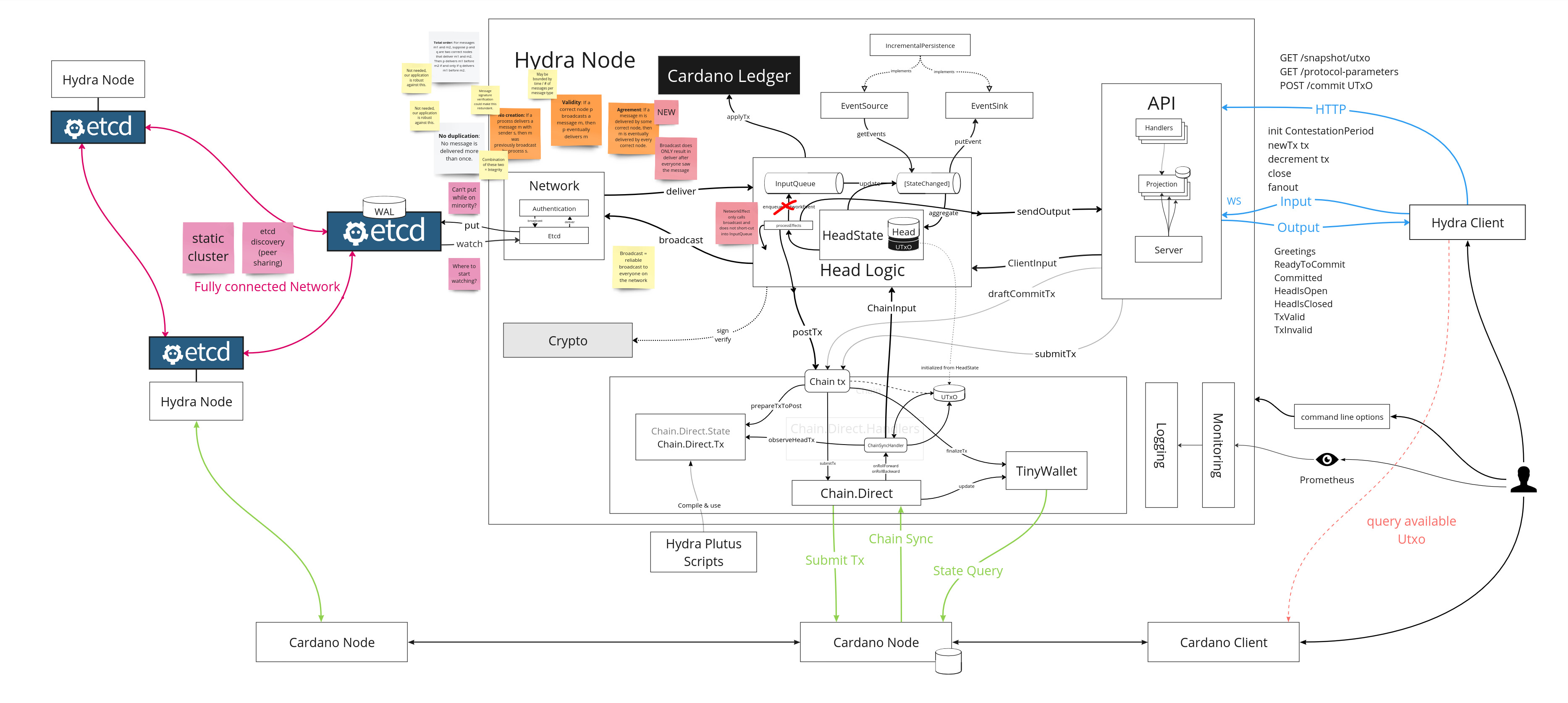31. Achieve constant memory in hydra-node
Status
Accepted
Context
When testing out hydra-node operation under heavy or increased load we are noticing that memory consumption is far from ideal. So far we didn't bother thinking about the performance so much but time has come to try and reduce memory footprint of a running hydra-node.
There are some quick points to be scored here since our projections that are used to serve in-memory data are using a common haskell list as a data structure. We should stream the data keeping the memory bounded as the first optimisation.
It is also not necessary to output the whole history of messages by default and
only do that if clients request to see the whole history. Internally our
ServerOutput type could be remapped to StateChanged since the two are
almost identical. Any new information must be streamed to the clients
automatically.
Decision
- Re-map
ServerOutputtoStateChangedby adding any missing constructor toStateChanged(eg.PeerConnected). - Output new client messages on
newStatechanges instead of usingClientEffect. - Use
StateChangedin all projections we server from the API (re-useeventIdas sequence number). - Make hydra-node output history of messages only on demand (breaking change is to be communicated in the changelog).
- Use
conduitlibrary to achieve constant memory by streaming the data in our projections.
Consequences
This should lead to much better performance of hydra-node in terms of used memory for the running process. This should be also confirmed by running the relevant benchmarks and do a test (even manual or a script) to assert that the memory consumption is actually reduced.




